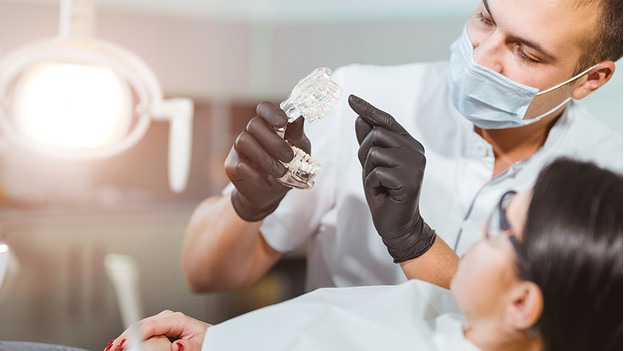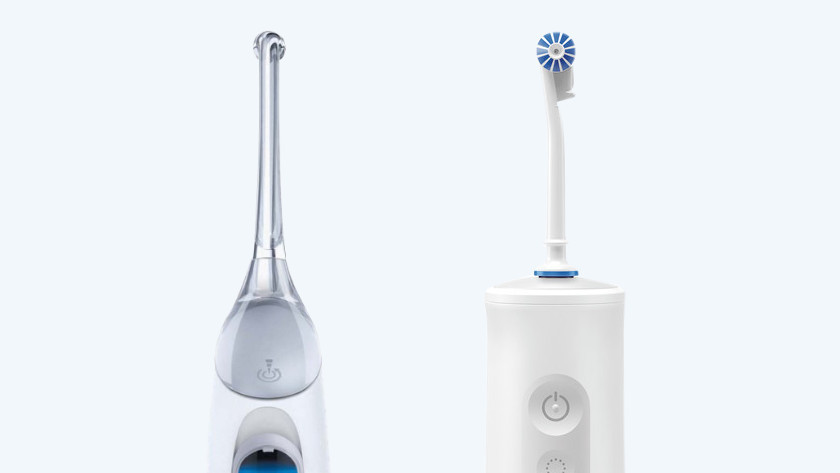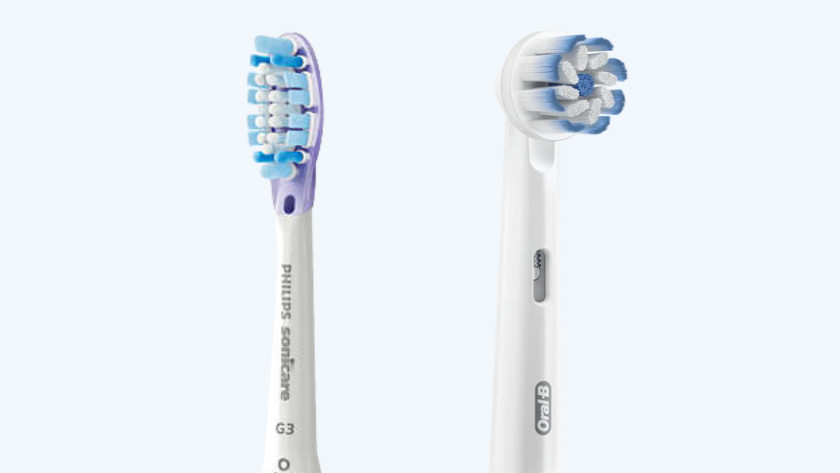
How do you prevent and treat bleeding or inflamed gums?
What's the cause of inflamed gums?

Before we'll tell you how to prevent and treat bleeding or inflamed gums, it's good to know what caused it. You gums become inflamed when you don't remove dental plaque well. That's because dental plaque is full off bacteria, and is the source of inflammations and bleeds. If it piles up, it starts to inflame. This initial phase of inflamed gums is called gingivitis. If you don't treat it, this can lead to a more severe inflammation of the gums. This is called periodontitis and has severe consequences for your health.
How do I recognize inflamed gums?

Healthy gums are pink and don't bleed. Inflamed gums are redder, often swollen, and weak. Inflamed gums also bleed faster when you brush, floss, or pick your teeth. A bad taste in your mouth or bad breath are also sign of inflamed gums. It's important that you identify inflamed gums on time, so you can prevent periodontitis:
- Red gums
- Swollen or weak gums
- Bleeding gums when you brush, floss, or pick your teeth
- Bad taste and/or breath
How do you prevent or treat inflamed gums?

Make sure you have good dental hygiene.
- You should remove all dental plaque from your teeth daily with an electric toothbrush. With an electric toothbrush, you can remove more dental plaque than with a manual toothbrush.
- Every day, clean between your teeth with a toothpick, floss, or comfortably with an electric flosser.
- Once every six months, visit your dentist and dental hygienist.
- Quit smoking.

Use the right brush attachment
Inflamed or sensitive gums can sometimes feel painful or irritated while you eat, but also when you brush your teeth. That's why it's nice to use a special brush attachment for sensitive or inflamed gums. The soft bristles massage your gums and improve blood flow, but still clean thoroughly. Your gums can heal faster this way.
Want to know more? Ask your dentist.
If you suffer from bleeding or inflamed gums and want more information, consult your dentist. Your dentist can answer all your questions and advise you on possible treatment.


